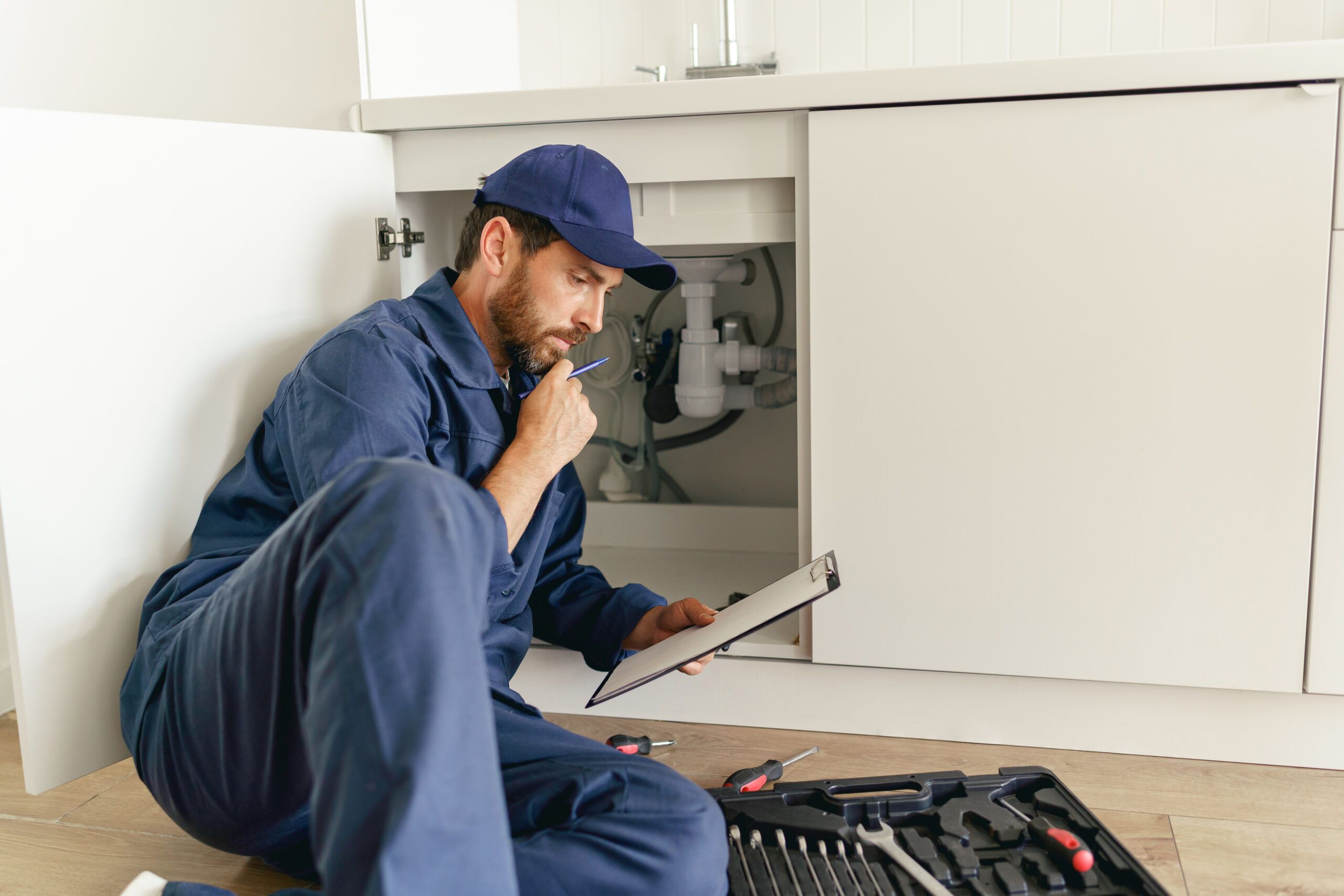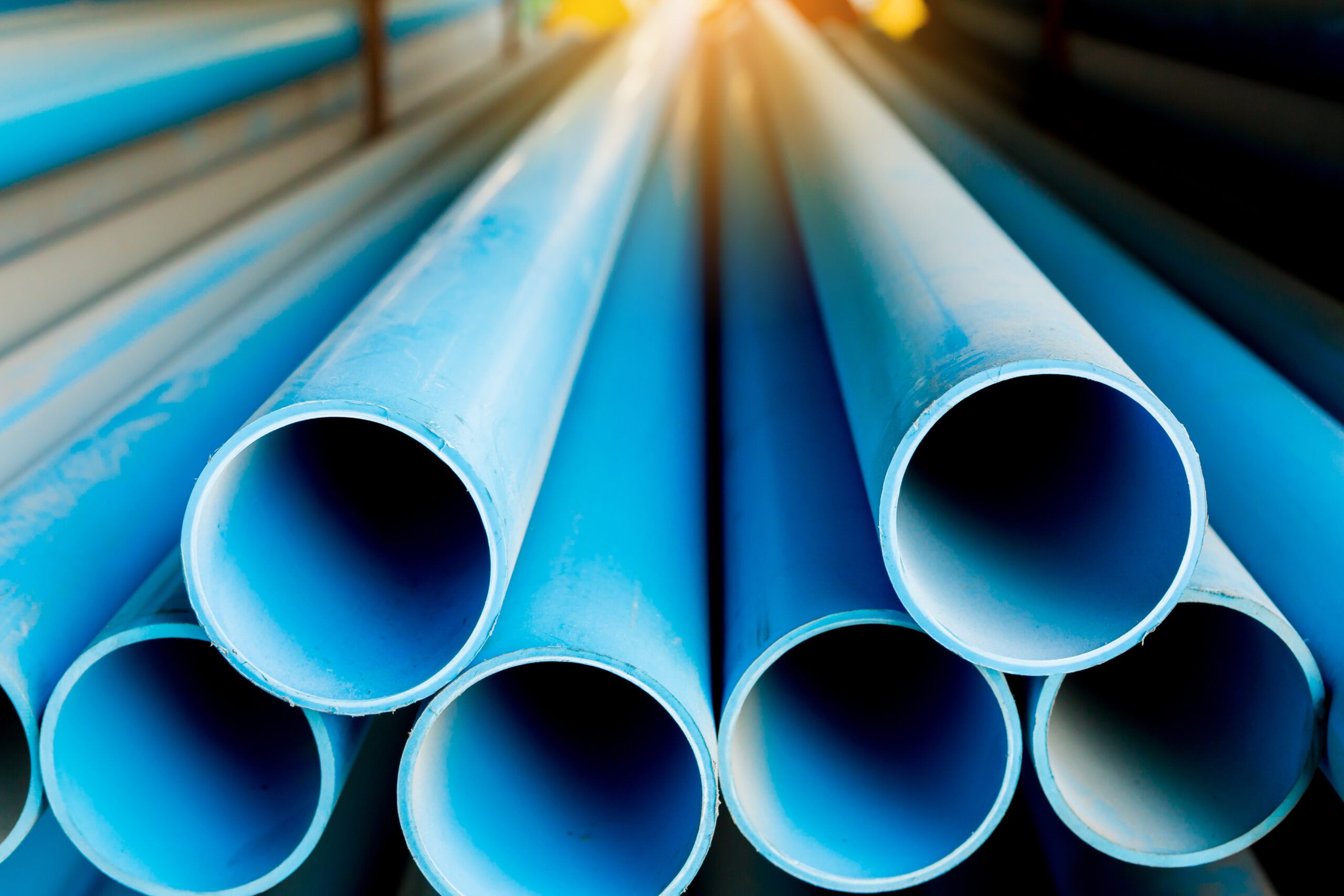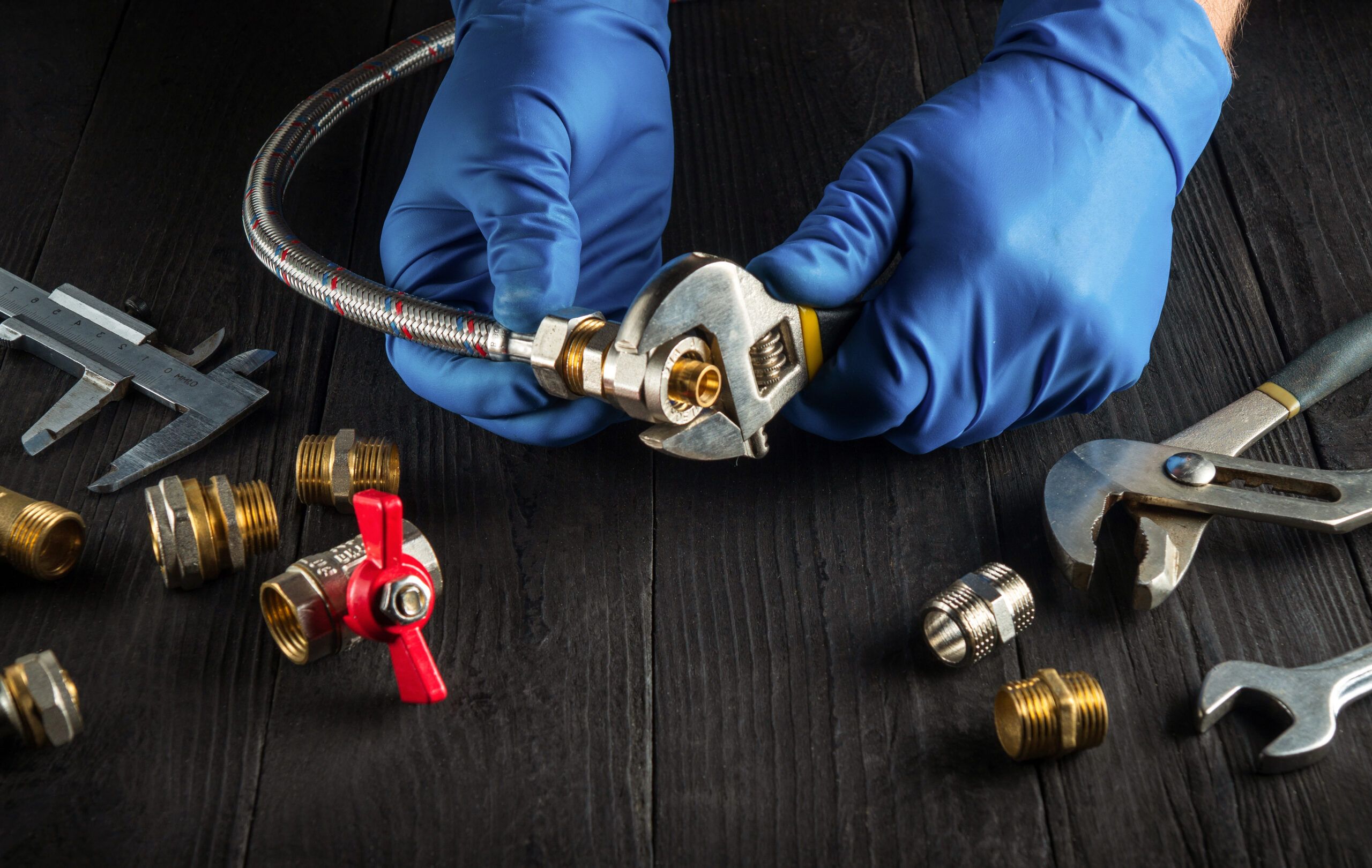How to Check if Your Water Heater is Leaking & the Causes
If you’ve discovered that your water heater is leaking from the top, don’t fret!
If the leak is truly from the top, it’s generally less costly and easy to fix.
But if not properly treated in time, it can eventually develop into more serious issues.
Before proceeding any further, it is always a good idea to turn the power off. Do this before working on your water heater.
We are now going to look into the 3 most likely causes of why your water heater might be leaking from the top.
#1: Water Inlet Valve
If there seems to be a collection of water on the top of your water heater, this is often a signal that there is a possible leak in the water inlet or outlet pipe.
First, check your cold water pipe. This usually has an inline valve or gate valve that allows you to alter the flow of water to your water heater.
Examine these valves for any leakage. If so, it may be as simple as tightening the connection between the nut and the handle.
Next, if there is still leakage, then it’s possible that the valve is defective and needs to be replaced.
#2: Loose Pipe Fittings
Followed step one and still haven’t found your issue? Take a look beyond the valve and take a closer look at the actual water inlet and outlet fittings and see if water leakage is present in those areas.
If this is the case, take a wrench and try to tighten the pipes until the leakage stops. However, it’s fairly common for these pipes to become corroded over time. That would mean that you would need to replace the actual fitting.
The fitting can sometimes be hard to remove, but it’s typically not a difficult chore. If your water heater uses copper tubing instead of threaded pipe, you may want to hire a professional instead.
#3: The Temperature & Pressure Valve
If you still haven’t discovered the issue, look for the Temperature & Pressure Valve (T&P Valve).
This is commonly located on the side of the water heater, to see if you can spot any leaks coming from the valve. It is advised that if your T&P Valve becomes faulty, you should replace it with a new one.
These are installed for your safety. However, it’s important to know that it is the T&P Valve that is faulty. It could be your entire water heater, then you are going to need to remove it to check for corrosion in the threads.
Here are some helpful steps to fixing a water heater
-
- Drain the water level inside the tank until it is below the valve.
- Open a hot water tap to allow air inside the tank.
- Use channel locks to unscrew the valve and remove it from the tank.
- After removing the valve, check for any rust or corrosion on the tank itself. If you spot any, the water heater needs to be replaced.
If you don’t discover any visible corrosion, wrap the threading of your T&P Valve in Teflon tape. This helps seal the valve, and then screw it back into the tank.
Once you have completed these steps, keep a close eye on your water heater to see if your problem continues. Often the leaking persists. If you weren’t able to determine the cause of your leak, you should call a professional plumber right away.
People Also Ask
Q: What is the best type of metal to use for water pipes?
A: The best type of metal to use for water piping in your home is copper. Due to it’s strength, durability, and resistance to corrosion, it is a plumber’s first choice for metal piping applications.
Q: What is the best plumbing pipe for cold weather?
A: PEX is the best plumbing pipe to use for cold weather, as it is more resistant to freezing water and can expand and contract as necessary with the fluctuations in temperature between seasons.
Q: What type of pipe is used for main water lines?
A: PEX and CPVC are typically used for piping main water lines. Due to their wide array of applications and their ability to withstand high pressure, they are frequently used for running main lines in housing and commercial applications.
Q: Which type of plumbing pipe is best?
A: The best type of plumbing pipe is PEX Pipe or Copper Pipe due to its wide usage, durability, and use of non-toxic materials.
Additional information on Water heater leaking from the top
Here is more general information on water heaters



